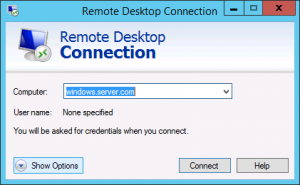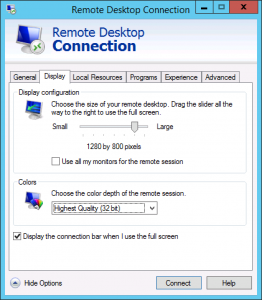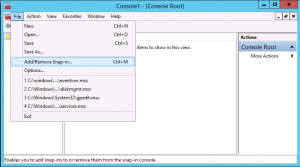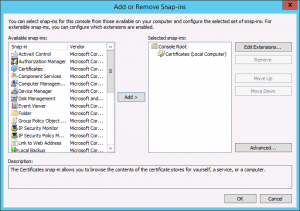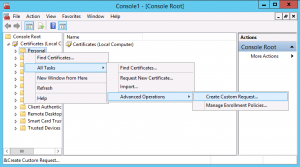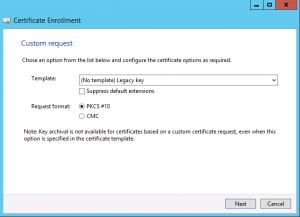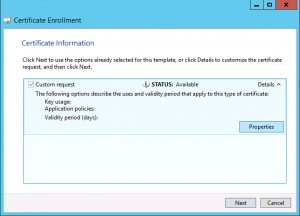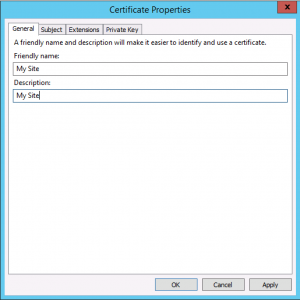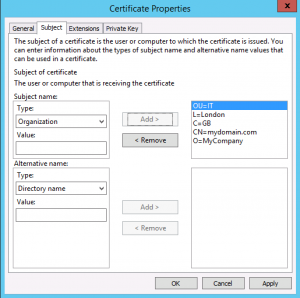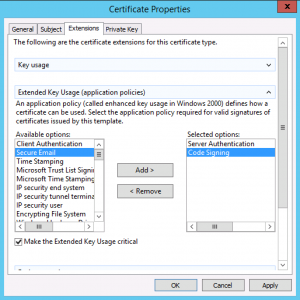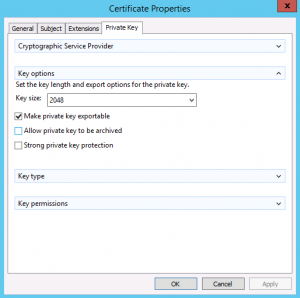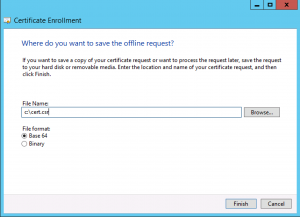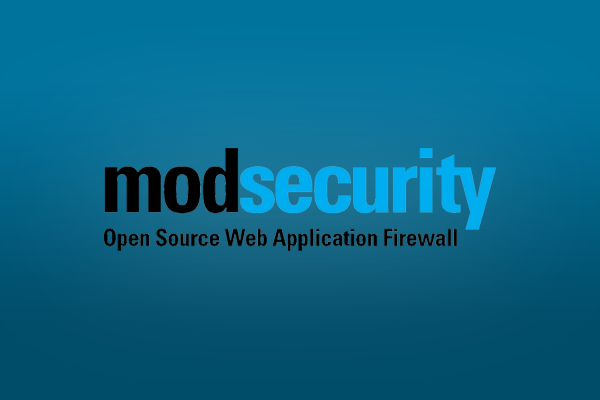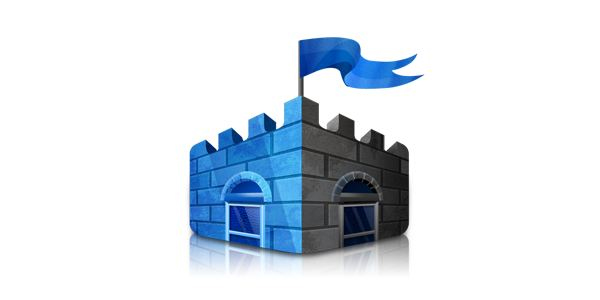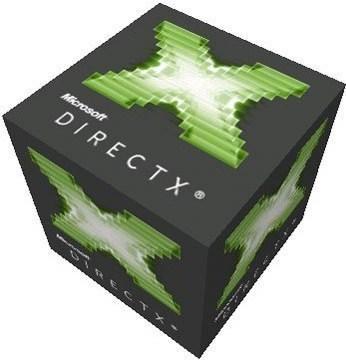This guide will install a full Exchange Server 2013 environment, with both mailbox and client access server roles.
While there are many possible deployment scenarios for Exchange Server, and many different options to configure it for your desired usage, we will provide an example of a barebones deployment in a generic, new Domain.
Supported Operating Systems and Hardware Requirements
This guide was written for, and tested on Windows Server 2012 R2. While Exchange 2013 is compatible with Server 2008 R2 and other versions of Windows Server, we suggest using a clean installation of the latest Server 2012 R2 release whenever possible. Suggested minimum hardware:
- 20GB of free disk space
- 4GB of system memory (RAM)
For production environments, Microsoft suggests a minimum of 30GB of storage and 8GB of memory for combined Mailbox + Client Access servers.
How to Install Active Directory and Exchange Pre-requisites
There are a number of pre-requisites that need to be installed before starting the Exchange Server 2013 installation. To get started, following the steps below:
1. Install .NET 4.5 (Microsoft Download Page)
2. Install Unified Communications Managed API 4.0 (Microsoft Download Page)
3. Add RSAT (Remote Tools Administration Pack). To install, open PowerShell and run the command below:
Install-WindowsFeature RSAT-ADDS
4. Restart the system.
5. Go to Server Manager > Add Roles/Features. Install the Active Directory Domain Services role.
- Once installed, go to Server Manager > AD DS, Notice the ‘Configuration required…’ warning and click More… in the yellow bar.
- Click on Promote this server to a domain controller. Select Add a new forest and enter your domain name (probably the one where you want to receive mail at, for example if you are setting up mydomain.com to host inboxes like admin@mydomain.com, then enter mydomain.com).
- Proceed through the rest of the wizard with the default settings, entering a password. At the end of the setup wizard, click Install. The server will reboot automatically.
6. Open Command Prompt (Run > cmd) and navigate to the drive or directory containing the Exchange 2013 install media (use the “cd” command to move between directories). Run the command below:
Setup.exe /PrepareSchema /IAcceptExchangeServerLicenseTerms
Ensure that the process completes successfully. Restart the system. Open Command Prompt again, and run the following command in the Exchange installation media directory, replacing <organization name> with your own:
Setup.exe /PrepareAD /OrganizationName:"<organization name>" /IAcceptExchangeServerLicenseTerms
Ensure that the process completes successfully. Finally, run the following command in Command Prompt:
Setup.exe /PrepareAllDomains /IAcceptExchangeServerLicenseTerms
7. Open PowerShell and copy the following command (all one line) to install additional required roles and features:
Install-WindowsFeature AS-HTTP-Activation, Desktop-Experience, NET-Framework-45-Features, RPC-over-HTTP-proxy, RSAT-Clustering, RSAT-Clustering-CmdInterface, RSAT-Clustering-Mgmt, RSAT-Clustering-PowerShell, Web-Mgmt-Console, WAS-Process-Model, Web-Asp-Net45, Web-Basic-Auth, Web-Client-Auth, Web-Digest-Auth, Web-Dir-Browsing, Web-Dyn-Compression, Web-Http-Errors, Web-Http-Logging, Web-Http-Redirect, Web-Http-Tracing, Web-ISAPI-Ext, Web-ISAPI-Filter, Web-Lgcy-Mgmt-Console, Web-Metabase, Web-Mgmt-Console, Web-Mgmt-Service, Web-Net-Ext45, Web-Request-Monitor, Web-Server, Web-Stat-Compression, Web-Static-Content, Web-Windows-Auth, Web-WMI, Windows-Identity-Foundation
8. Restart the system.
How to Install Exchange Server 2013
We are now ready to launch the Exchange 2013 installer.
1. Navigate to the Exchange installation folder and double-click setup.EXE. The installer will run a pre-requisite check and hopefully confirm that the system is ready for the installation. In our demo installation, there was a non-critical warning about domain controller privileges. Carefully review any warnings or errors that may appear before proceeding.
2. Proceed with the installation. The install wizard will prompt you to select the Exchange roles to install (we installed both Mailbox and Client Access Server). After this, the wizard will begin installing the Exchange Server 2013 environment.
If all went well, Exchange Server 2013 is now installed on your server. Congratulations!
Configuring Exchange
Exchange can be configured and managed from the Exchange Administration Center (EAC). This utility is installed along with Exchange Server and can be found in the Start menu.
—-
This guide is based on Microsoft’s documentation for Exchange 2013 install preparation and deployment:
- https://technet.microsoft.com/en-us/library/bb691354(v=exchg.150).aspx
- https://technet.microsoft.com/en-us/library/bb125224(v=exchg.150).aspx

